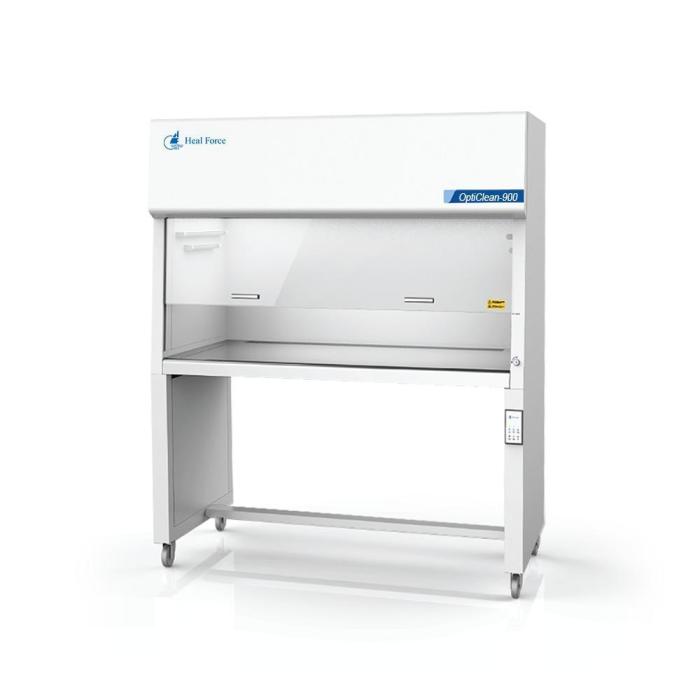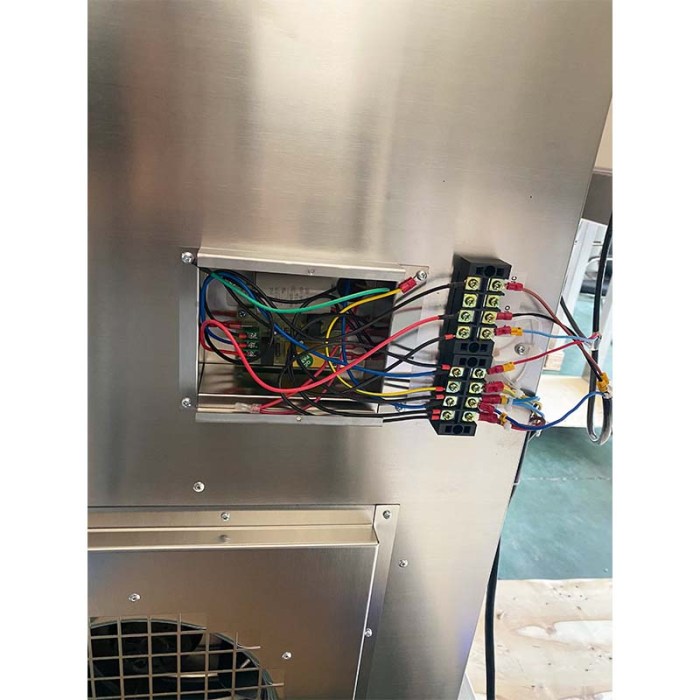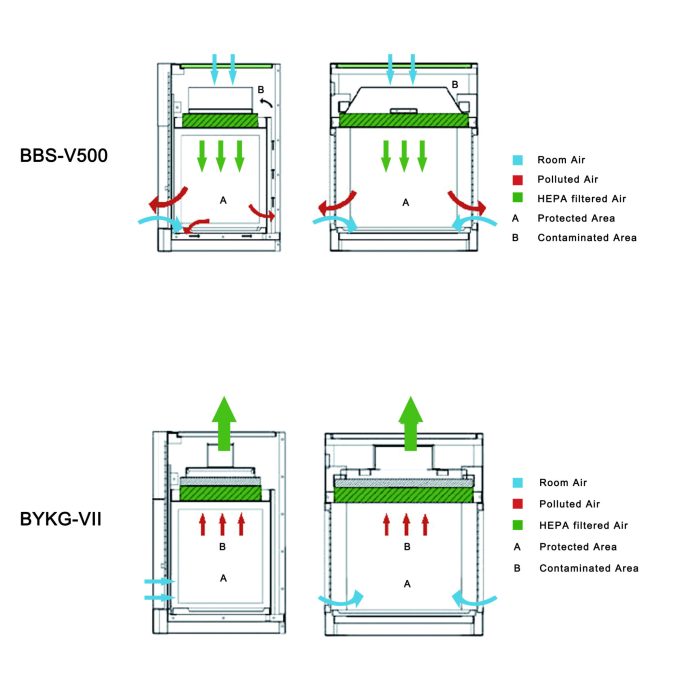A flow hood prefilter needs to be changed – A flow hood prefilter plays a critical role in maintaining a clean and safe environment in various applications. Understanding when and how to change a flow hood prefilter is essential to ensure optimal air quality, equipment performance, and safety. This comprehensive guide provides insights into the significance of prefilters, the signs indicating the need for a change, and the recommended frequency and procedure for prefilter replacement.
Prefilters are the first line of defense in capturing airborne particles, protecting sensitive equipment and preventing contamination. Neglecting prefilter changes can lead to reduced air quality, increased energy consumption, and potential hazards.
Introduction
A flow hood prefilter is a component of a flow hood, a device used to create a clean and controlled environment for scientific research and industrial processes. The prefilter is a filter that removes large particles from the air before it enters the main filter of the flow hood.
This helps to extend the life of the main filter and protect the equipment inside the flow hood from contamination.
It is crucial to change a flow hood prefilter regularly to maintain the effectiveness of the flow hood and ensure the safety of the environment. Failure to do so can have significant consequences.
Signs that a Flow Hood Prefilter Needs to be Changed

There are several physical signs that indicate a flow hood prefilter needs to be changed:
- The prefilter is visibly dirty or clogged.
- The prefilter is restricting airflow, causing the flow hood to work harder and become noisier.
- The prefilter has become torn or damaged.
To inspect a prefilter for these signs, simply remove it from the flow hood and examine it visually. If any of the above signs are present, the prefilter should be replaced.
Frequency of Prefilter Changes

The frequency of prefilter changes depends on several factors, including:
- The type of environment in which the flow hood is used.
- The amount of use the flow hood receives.
- The type of prefilter being used.
In general, prefilters should be changed every 3 to 6 months. However, in environments with high levels of dust or contamination, more frequent changes may be necessary.
To determine the optimal change frequency for a specific application, consult the manufacturer’s instructions for the flow hood and prefilter.
Prefilter Change Procedure

Changing a flow hood prefilter is a simple process that can be completed in a few minutes. The following steps should be followed:
- Turn off the flow hood and unplug it from the electrical outlet.
- Remove the prefilter from the flow hood by lifting it out of the frame.
- Inspect the prefilter for any damage or contamination. If the prefilter is damaged, it should be replaced.
- Insert a new prefilter into the frame and secure it in place.
- Plug the flow hood back into the electrical outlet and turn it on.
Essential FAQs: A Flow Hood Prefilter Needs To Be Changed
How often should a flow hood prefilter be changed?
The frequency of prefilter changes varies depending on usage and environmental factors. Recommended change intervals range from monthly to annually.
What are the signs that a flow hood prefilter needs to be changed?
Physical signs include increased airflow resistance, visible dirt or debris accumulation, and a change in color or texture.
What are the consequences of not changing a flow hood prefilter?
Neglecting prefilter changes can lead to reduced air quality, increased energy consumption, premature equipment failure, and potential health hazards.